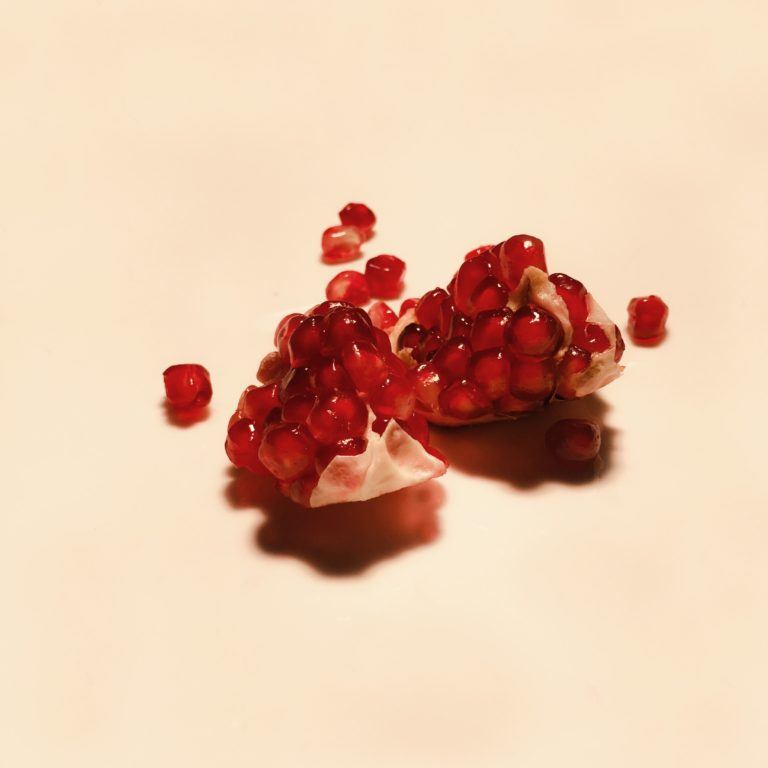Chronic pelvic pain, also known as vaginal pain, perineal pain, ‘pain down there’, or pelvic floor muscle pain, is a common problem. It affects approximately one in seven women*. In one study of reproductive-aged women* in primary care practices, the reported prevalence rate of pelvic pain was 39%. Of all referrals to gynecologists, 10% are for pelvic pain.
While it may seem different, the pelvic anatomy is similar to that of an arm, leg, or back. Our body is held together by ligaments, muscles, nerves, fascia, joints, and lots of connective tissue. All of these structures can be strained, torn, weakened, or injured. Just as you would rehabilitate your torn rotator cuff muscle or Achilles tendonitis, you may have to treat your painful pelvic floor structures.
Pelvic pain can be a physical and emotional nightmare, particularly when you’re trying to share an intimate moment. It can feel very isolating. One may feel unable to address this issue with her friends, family members, partner, or doctor. As physical therapists specializing in reproductive health issues, we too often hear the story of the desperate patient discussing her pelvic pain with her gynecologist/urologist/obstetrician and being told that “it is normal” or “it will pass after a while.” These people are often told that they needs to seek the services of a therapist to talk about her intimacy issues and learn how to manage her stress.
Sound familiar?
There are many types of pelvic pain.
Where is the pain? Is it constant? Do you suffer from burning, swelling, itching, or inflammation?
These symptoms may be mistreated for a yeast or bacterial infection, when in fact it could be vulvodynia if it has been going on for more than three months. Vulvodynia is a chronic pain condition that can affect the labia majora/minora, vestibule, vagina, and urethral openings. Muscle tension and spasm are commonly found in people with vulvodynia and physical therapy may reduce pain levels by 40-60%.
Do you have pain with initial penetration when attempting to have sex? Or is there a deep pain in certain positions?
You may have muscle spasms and trigger points in your pelvic floor muscles. This can lead to an overactive pelvic floor muscle dysfunction, meaning your muscles don’t want to relax. They will be tight and painful until you understand how to make them relax.
Did you tear badly during delivery?
Whether through gradual tearing or an intentional episiotomy, there has been trauma to your pelvic floor and vagina. While this injury will heal in time, and the stitches will eventually fade, sometimes they don’t heal well. You may suffer from painful scar tissue, which may be exacerbated by pressure, touching, washing, or intercourse.
A physical therapist can help to do the following:
- Assess where your pain is coming from. Depending on what is the problem, there are different manual therapy techniques that can be performed to release the scar tissue, reduce the muscle spasms, or treat the injured tissues. A therapist may also employ modalities to decrease pelvic pain, such as cold laser therapy.
- Assess if you are having nerve pain that is contributing to your discomfort (such as pudendal neuralgia)
- Show you gentle exercises and treatments as part of a home exercise program to decrease pain, such as muscle stretching or core strengthening
- Treat over-active pelvic floor muscles with computerized biofeedback and clinician cueing.
- Perform skin rolling and myofascial soft tissue work to break down restrictions in the surrounding pelvic, hip, and abdominal areas.
- Show your partner how to help with your home exercise program if needed
There are also some things that you may be instructed to do on your own.
- Stretch your pelvic floor and hip musculature
- Self-massage with a dilator or other tool to treat the painful areas
- Use a foam roller to release the tension in your hip and low back musculature
- Practice diaphragmatic breathing and stress management techniques
- Try modalities such as heat, ice, sitz baths, or vaginal steams
- Eliminate inflammatory foods and incorporate more low oxalate foods
- Follow these suggestions for good pelvic hygiene:
- Clean the labia majora with a very mild non scented cleanser (such as Neutrogena bar soap) and leave the other internal structures alone. These structures are actually self-cleaning and do not need extra friction/washing which may exacerbate symptoms
- Avoid getting shampoo on the vulvar area
- Use 100% cotton menstrual pads and tampons
- Eliminate other feminine products such as sprays, powders, and douches
- Follow these clothing guidelines to decrease pelvic irritation:
- Wear cotton underwear and loose-fitting pants and skirts to create less friction on the vulva
- Avoid pantyhose
- Remove wet swimwear or underwear immediately after use
- Avoid fabric softener on underwear
- Use a dermatologically approved detergent
- Sit on a donut pillow to decrease pressure on the vulva
- Avoid hot tubs
- Follow these recommendations to avoid flare-ups while exercising:
- Avoid bicycling or other exercises that put direct pressure on the vulva
- Avoid exercises that create a lot of friction on the vulva, such as power walking or running?
- Follow these suggestions to minimize pain during and after intercourse:
- Use water-soluble lubricant
- Urinate and rinse vulva with cool water after intercourse
- Use ice packs on vulva after intercourse
Experiencing pelvic pain can be a demoralizing and lonely experience. We understand this and the effect it can have on a couple in the bedroom. Sex Again by Jill Blakeway is an impressive and insightful resource for people to get reacquainted with the passion and romance they once knew (or never experienced). But, this under-treated population of people with pelvic pain can’t rekindle their bedroom romance until their pain is addressed. Since they often don’t know where to turn, we sincerely hope this blog will help give them some answers. We are always available to help at Body Align Physical Therapy.
* Language used in the study referenced.
Jill Hoefs is a physical therapist with Body Align Physical Therapy in New York City. She is a regular contributor to the Yinova blog.






